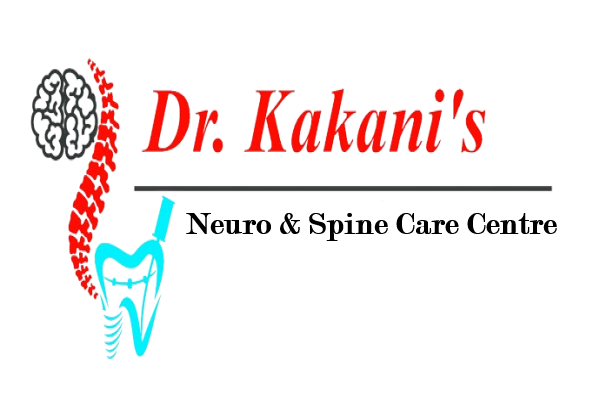Surgery for a pituitary tumor is known as transsphenoidal surgery, and it is the most common approach for removing pituitary tumors. The pituitary gland is located at the base of the brain, and a transsphenoidal approach involves accessing the pituitary gland through the sphenoid sinus, a hollow space behind the nasal passages. This method typically results in a quicker recovery and fewer complications compared to other surgical approaches. Here's a general overview of the surgical process: Preparation: Before surgery, the patient may undergo various diagnostic tests such as MRI or CT scans to precisely locate and characterize the tumor. Anesthesia: The surgery is performed under general anesthesia to ensure the patient is unconscious and doesn't feel any pain during the procedure. Accessing the Pituitary Gland: The surgeon enters through the nose or upper gum to reach the sphenoid sinus, creating a small opening. Removal of Tumor: Using specialized instruments and sometimes a microscope or endoscope for better visualization, the surgeon removes the tumor. The goal is to extract as much of the tumor as possible without causing damage to surrounding structures. Closure: Once the tumor is removed, the surgical opening is closed. If the surgery was performed through the nose, there may be no external incisions. Recovery: Patients typically spend a day or two in the hospital after the surgery for monitoring and recovery. Some may experience mild nasal congestion, but overall, recovery is often faster compared to other brain surgeries. It's important to note that not all pituitary tumors require surgery. The approach to treatment depends on factors such as the type and size of the tumor, its effect on hormone production, and the patient's overall health. In some cases, medications or radiation therapy may be used instead of or in addition to surgery. As with any surgical procedure, there are potential risks and complications, and outcomes can vary. Patients should discuss their specific situation, treatment options, and potential risks with their healthcare team.

This is your website preview.
Currently it only shows your basic business info. Start adding relevant business details such as description, images and products or services to gain your customers attention by using Boost 360 android app / iOS App / web portal.
917276135101
Have any question or need any consultation?
Online appointment booking is not available right now.
Your enquiry
Your contact info
Appointment Confirmed
Your appointment ID is
| Doctor Name: | |
| Date & Time: | |
| Contact: | +917276135101 |
| Address: | Medicure multispeciality clinic, Ground Floor, Shree Radhe heights, opp. Niti Gaurav Complex, near Lokmat chowk, Ramdaspeth, Nagpur, Maharashtra 440012, India |
| Appointment fee: | |
| Payment mode: | |
| Join video call at: |
Thanks for choosing us.Your appointment details has been shared on your mobile number as well. Please arrive atleast 10 minutes ahead of the scheduled time.
Success
